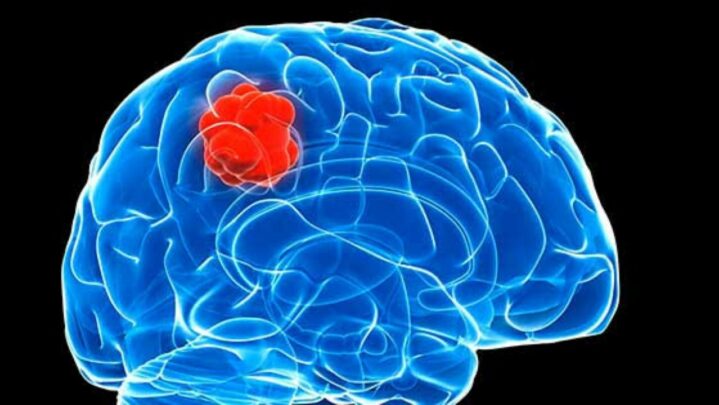Glioma is one of the most common types of primary brain tumours. It is a tumour of the central nervous system, which includes the brain and spinal cord. The glial cell that surrounds and maintains the nerve cells is where it begins. It’s characterised by aberrant brain cell proliferation and malignancy spreading to cells in the central nervous system.
Gliomas affect brain function and, depending on their location and rate of growth, can be life-threatening. Glioma can affect people of all ages, but it is more common in men. Glioma is also known as an intra-axial brain tumour since it grows both within the brain’s material and normal brain tissue.
Glioma has no known cause, and it can affect anyone. However, it is more commonly seen in adult males. Glioma has several underlying risk factors, including but not limited to:
• Glioma can afflict people of any age, however it is more frequent in adults than in children.
• Radiation exposure is an environmental risk factor. Glioma is more likely to form in those who have previously received radiation therapy for cancer.
• If anyone in your family has ever been diagnosed with glioma, your chances of acquiring glioma are higher.
• Glioma occurs more frequently in men than in women.
• There are only a few genetic syndromes linked to the chance of developing glioma. Cowden syndrome, Turcot syndrome, Lynch syndrome, and others are examples of syndromes.
DIAGNOSIS
A diagnostic work-up should be performed if a patient exhibits any of the symptoms listed above with no other clear cause. Glioma, like other brain cancers, is now best detected through magnetic resonance imaging (MRI) scans. CT is another useful technology for visualising structures in the head and brain, but it does not provide as much detail as MRI.
The issue with MRI is that, while it is effective for detecting brain masses, it does not determine the sort of mass. A glioma may appear to be another type of brain tumour or even an infection. A resection is required to confirm a glioma diagnosis and grade the tumour in order to direct the following steps of proper treatment and provide a prognosis for survival time.
The microscopic anatomy of a glioma is critical in formulating treatment options and predicting survival. Neuropathologists can often forecast how aggressively a tumour will behave based on features of cells within tumours and assign a WHO grade, which ultimately contributes to how long a patient will survive and what quality of life they may have.
TREATMENT
Glioma treatment is highly dependent on the tumor’s WHO grade and subtype, as well as its size and location. We’ve learnt from decades of research that the quantity of tumour excised correlates with survival time in most gliomas. At the same time, while surgery can remove all visible areas of a higher-grade glioma, such as glioblastoma multiforme, the tumour has frequently already penetrated the surrounding brain far beyond the margins of the visible tumour, making a surgical cure unlikely.
Gliomas can’t always be removed completely since they infiltrate the brain and blend in with the surrounding normal tissue.
Glioma Brain Tumor Surgery
Glioma treatment can be surgical or non-surgical. One of the main ideas we follow is to remove as much tumour as possible while maintaining quality of life and neurological function. A keyhole craniotomy method is usually used, followed by radiotherapy and treatment. In many cases, all three therapies are required.
Radiation Therapy for Gliomas
For most gliomas, radiation therapy is a successful treatment option. Radiation can be given to the entire brain or to a specific part of the brain using a technique called radiosurgery. PNI combines the advantages of two methods of radiation therapy, both of which allow for very precise concentrating of radiation beams into the glioma area while minimising brain damage.
Chemotherapy for Gliomas
Treatment for gliomas might also include chemotherapy. For newly diagnosed high-grade gliomas, the current standard of care includes 6 weeks of chemotherapy with temozolomide, followed by radiation therapy and more chemotherapy rounds.
Many patients may have the opportunity to participate in a large clinical study, which would typically investigate an experimental treatment for malignant malignancies. Glioblastoma clinical trials are critical in the fight against the illness. PNI can also determine therapies that are individualised for each patient using personalised therapeutic options based on molecular and genetic profiling of the tumour.
Keep reading successyeti.com





